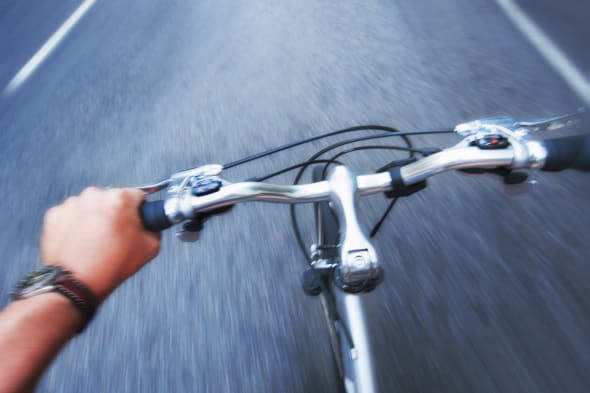Buying a second hand bike

While most of us are happy to buy a car secondhand, there's a reluctance from many people to go for a pre-owned bicycle – particularly from new cyclists. But sometimes a smart used purchase can be hundreds, or even thousands, of pounds cheaper than the new cost – which could mean getting a better bike, or just saving a nice big wedge.
Related Searches
%VIRTUAL-AFCSponserAds%Is there a price formula?
Actually there is a widely touted formula that a bike loses half its showroom value in the first year, with 10 per cent dropping off the value every subsequent year. However, while this is roughly accurate for some bikes – it does come out rather low for popular or little-used bikes. It's not unusual to see nice, one-year-old bikes go for two thirds of their RRP. Look at prices for completed auctions on eBay over a period of time to get an idea of the value of the bike you are interested in.
Where should I look?
As you'd expect eBay has thousands of used bikes for sale, with starting prices ranging from very low to "ambitious". There are several dedicated bicycle classified websites – often catering for specific types of bikes such as road bikes or MTBs. Bikeradar and Pinkbike are two of the most-active sites. There has been a boom in Facebook classified sales groups in recent years, with the social network adding useful new functionality to assist them. There are loads of bike-specific groups, some organised by area and others by the type of bicycles concerned. Gumtree does a roaring trade in secondhand bikes, though has a reputation among some users for dodgy sellers and scams.
Isn't buying online a bit dodgy?
Yes! Exercise maximum caution and use your instincts. Unlike with cars, there is no easy way to tell if a bike is stolen. Don't be afraid to ask some probing questions: How long has the seller owned the bike? Have they got the receipt? Where did they get it from? In the past we have phoned a bike shop to get them to vouch for a seller – which the shop was happy to do, pleased to be helping combat the trade in stolen bikes. If you're concerned about your safety when viewing a bike then take a friend, preferably one who knows a bit about bikes!
So what should I watch out for?
Bad spelling and a lack of detail doesn't always mean trouble, but make sure you get convincing answers to your questions. As for the bike itself, the most-important component is usually the frame – so go over that carefully, searching for cracks, dents or other damage. Many mountain bikes will have small dents from rock strikes, but are still perfectly functional (though the price should be lower).
If the bike you are buying has a suspension fork, look carefully at the "stanchions" - the exposed top parts of the fork legs – and see if they appear to be worn. This can be very costly to fix. Transmission (gearing) components on road and mountain bikes are considered consumable items, so you want to try to avoid buying a bike which is going to need a new drivetrain soon. Ask if any of the parts have been replaced, see how worn the cog teeth, chainrings and jockey wheels look and make sure there is no skipping from the gears as you pedal the bike around. Research is key, especially if you're new to the world of bikes. Supermarket specials sell for as little as £100 and look like "proper" bikes to the untrained eye – but will deliver a world of pain to anyone foolish enough to buy one secondhand.
How can I sniff out a bargain then?
Some of the best secondhand bike bargains come from individuals who have purchased a nice machine with every intention of riding it, but found that life got in the way or just plain didn't enjoy it. Buying a barely ridden two-year-old bike might be preferable (and cheaper) than picking up a six-month old steed from an enthusiastic rider who has been putting in the miles several times a week. Look for bikes from less popular or fashionable brands – but obviously check the reviews to make sure you're not getting lemon. In the case of mountain bikes, the "standard" wheel size has changed over the last couple of years – so there is now a glut of cheap used bikes with the old – perfectly serviceable – 26 inch wheels.
Why shouldn't I buy secondhand?
The bike industry frequently sells off leftover stock with a discount of between 10 per cent and 30 per cent discount at the end of the model year (usually late summer to late autumn). You probably won't get the most popular models for a big discount, but you can pick up a bargain and it might even be the same as the new year's model apart from the colour of the paint.
One of the big advantages of buying new from a shop (or direct from the maker) is that the bike comes with a warranty, which should cover you in the event of component failure due to a manufacturing defect. This is particularly useful in the case of mountain bikes – where cracked frames are not unusual – making secondhand bikes a slightly more risky proposition. None of the above are definite reasons NOT to buy a used bicycle – but should rather be considered as reasons not to pay too much for one.
Have you bought a secondhand bike in the past? Leave a comment below...




